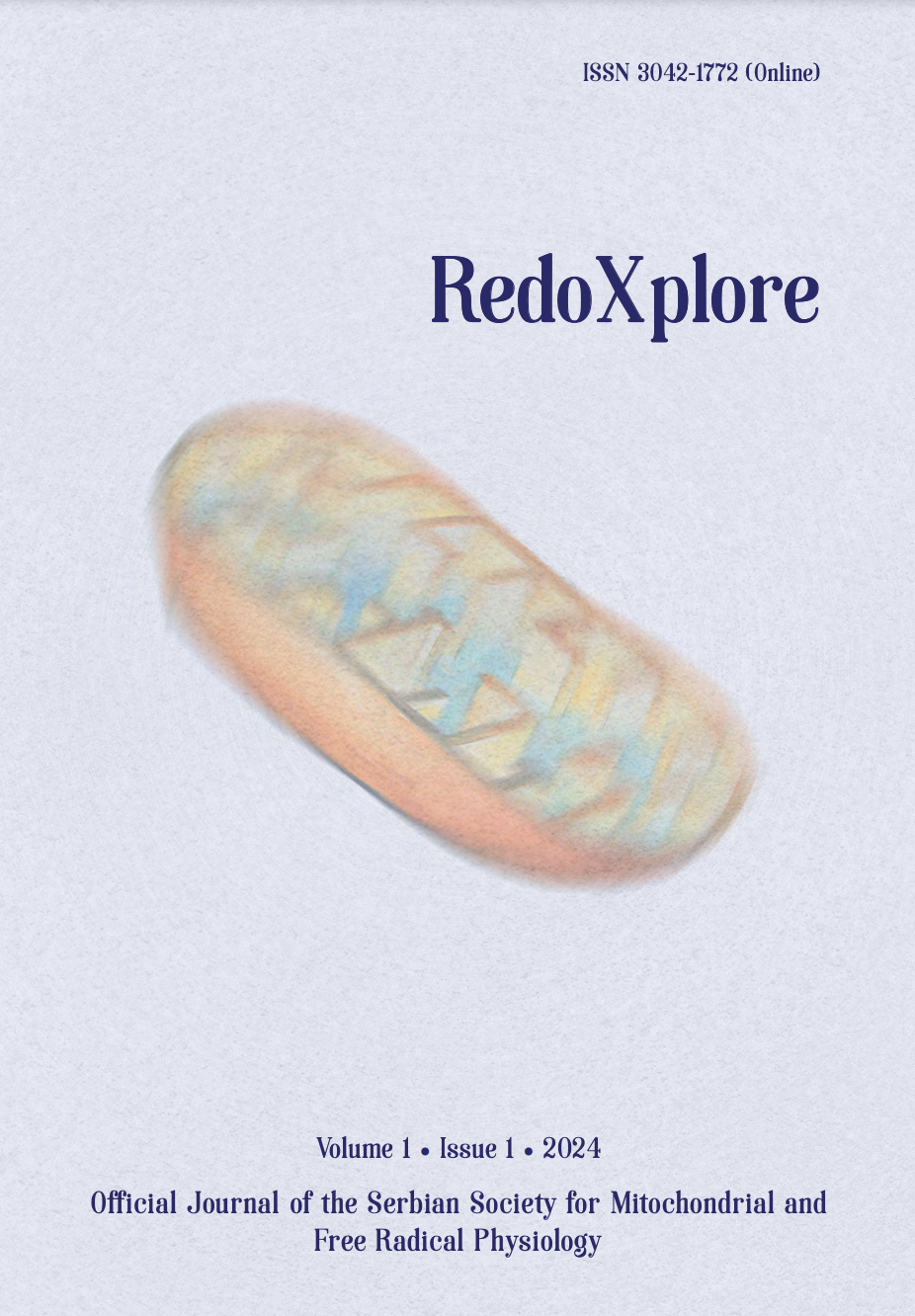
More articles from Volume 1, Issue 1, 2024
REDOX AND METABOLIC REPROGRAMMING OF BREAST CANCER CELLS AND ASSOCIATED ADIPOSE TISSUE - THE CORNERSTONES OF ADAPTIVE TUMOUR BEHAVIOUR
INSULIN MODULATES MITOCHONDRIAL STRUCTURAL AND FUNCTIONAL MOSAICISM IN BROWN ADIPOCYTES
NITRITE MITIGATES OXIDATIVE BURST IN ISCHEMIA/REPERFUSION IN BRAIN SLICES
NITRIC OXIDE, SUPEROXIDE AND PEROXYNITRITE – REDOX REGULATION OF THE CARDIOVASCULAR SYSTEM BY NITRO-OXIDATIVE STRESS AND S-NITROS(YL)ATION
DIETARY NITRATE AS PIVOT ON THE GUT MICROBIOTA-HOST REDOX COMMUNICATION
CO3•−, THE RADICAL THAT CONNECTS PEROXYNITRITE AND FENTON CHEMISTRY
Swiss Federal Institute of Technology Zürich , Zürich , Switzerland
Editor: Bato Korac
Published: 29.08.2024.
Plenary lectures
Volume 1, Issue 1 (2024)
Abstract
Oxidative biochemistry centered about 35 years ago on the one-electron reduction of H2O2 by Fe2+, the Fenton reaction, to yield HO· and a Fe(III)-complex. The discovery that NO· is formed in vivo and that it reacts with O2·− at a diffusion-controlled rate led to ONOO− as an additional oxidant. The rate constant of the Fenton reaction is 53 M−1s−1 up to about pH 4, but above it the rate constant increases linearly with pH. This acceleration of the Fenton reaction led to the hypothesis that above pH 5 formation of FeO2+ predominates. Thermodynamically, this species is comparable to HO· as an oxidant. HCO3− accelerates the reaction even more, and convincing evidence has been presented that the complex of Fe2+ with CO32− reacts with H2O2 to form CO3·− and a Fe(III)-complex, conceivably via FeO2+ as an intermediate. The rapid reaction of ONOO− with CO2 (k > 107 M−1s−1) leads to ONOOCO2− that, depending on the CO2 concentration, yields varying amounts of NO2· and CO3·−. These two oxidizing radicals together nitrate aromatic residues. Compared to 35 years ago, oxidative biochemistry is no longer concerned with the indiscriminate oxidations and additions of HO·, but with the more selective reactions of CO3·− and NO2·.
Citation
Copyright

This work is licensed under a Creative Commons Attribution-NonCommercial-ShareAlike 4.0 International License.
Article metrics
The statements, opinions and data contained in the journal are solely those of the individual authors and contributors and not of the publisher and the editor(s). We stay neutral with regard to jurisdictional claims in published maps and institutional affiliations.






